Member Spotlight: John Hightower
When did you realize you wanted to become a Landscape Architect? What was your path to landscape architecture?
I’m not sure that there was ever an “a-ha” moment or romantic story of a path to the profession for me. Landscape Architecture was really something I tried out of curiosity once I arrived on campus at UGA, and found that the work fit my personality and skill set.
The father of a close friend of mine while growing up worked as an Architect out of his basement, which initially got me interested in the design world, but not enough to the point of seeking out an architecture school. I knew almost nothing about Landscape Architecture until enrolling at UGA, and decided to give it shot just to check it out, since at the time I was still without a clue on a career path, but knew I had at least a hint of interest in the design realm. As it turned out, I truly enjoyed, and still do enjoy, not only the design process, but the positive influence that we as Landscape Architects can have on our communities through thoughtful design with a mind for the world around us and the people who use our designs, turning “space” into “place.”
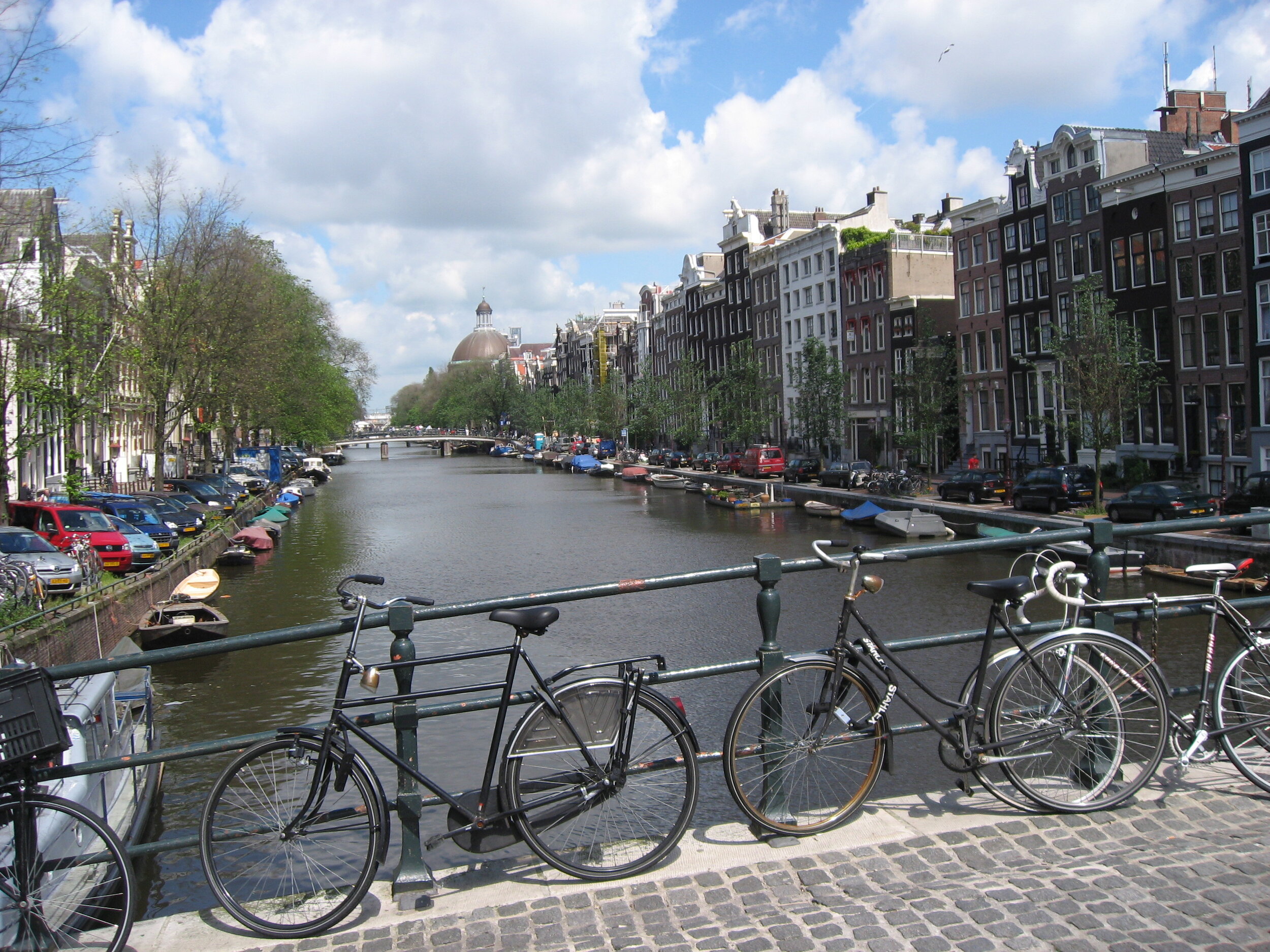
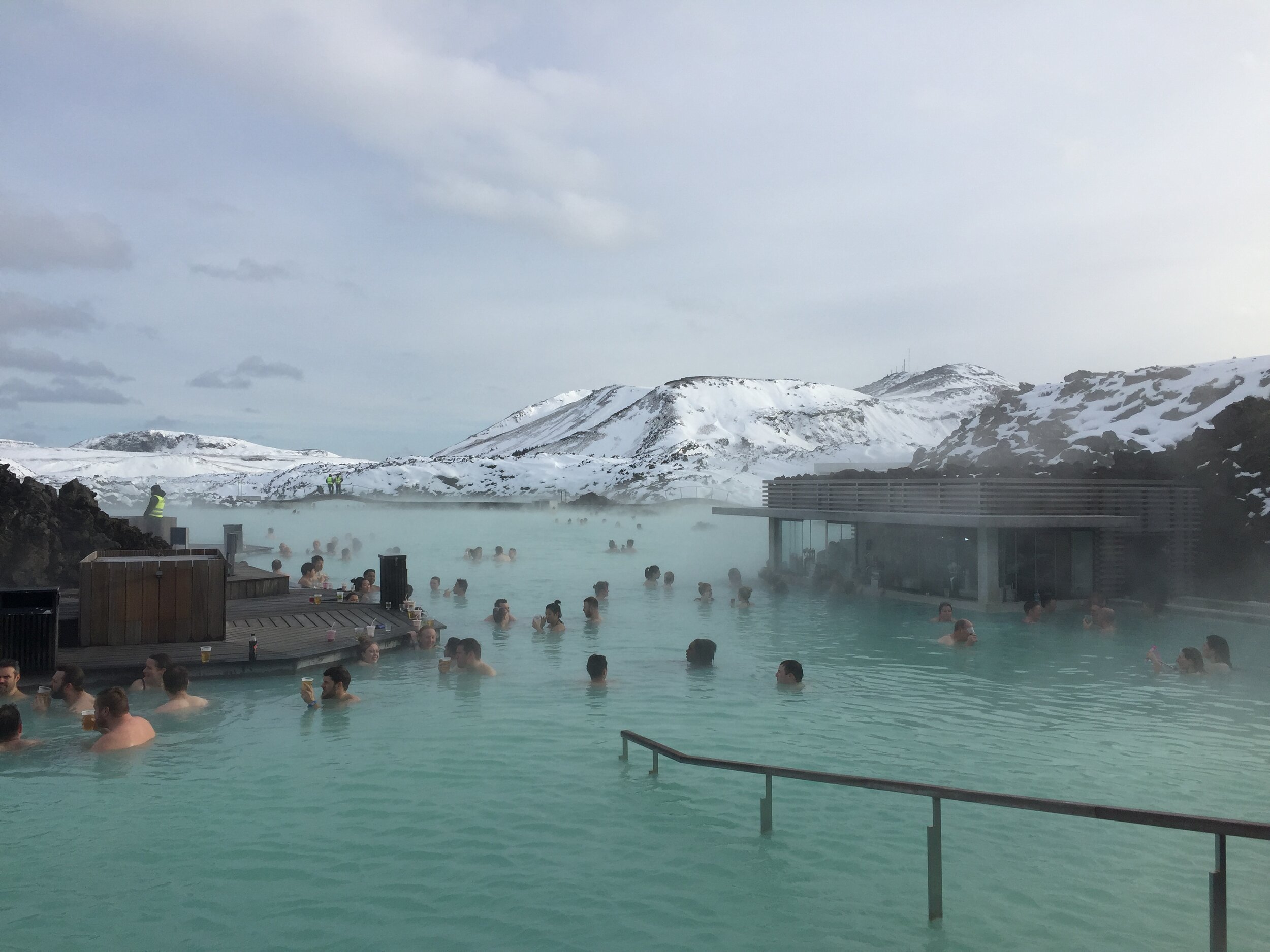
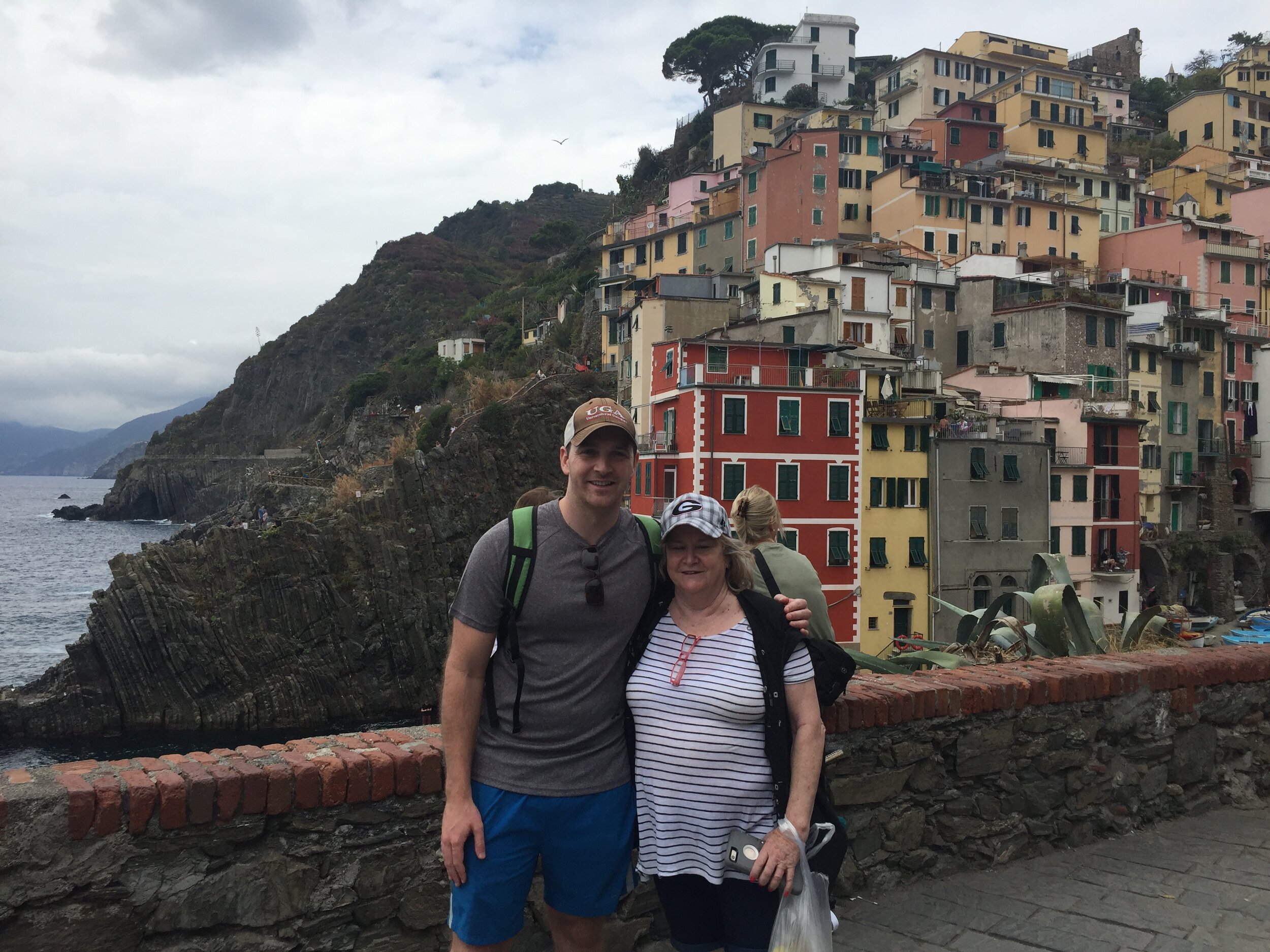
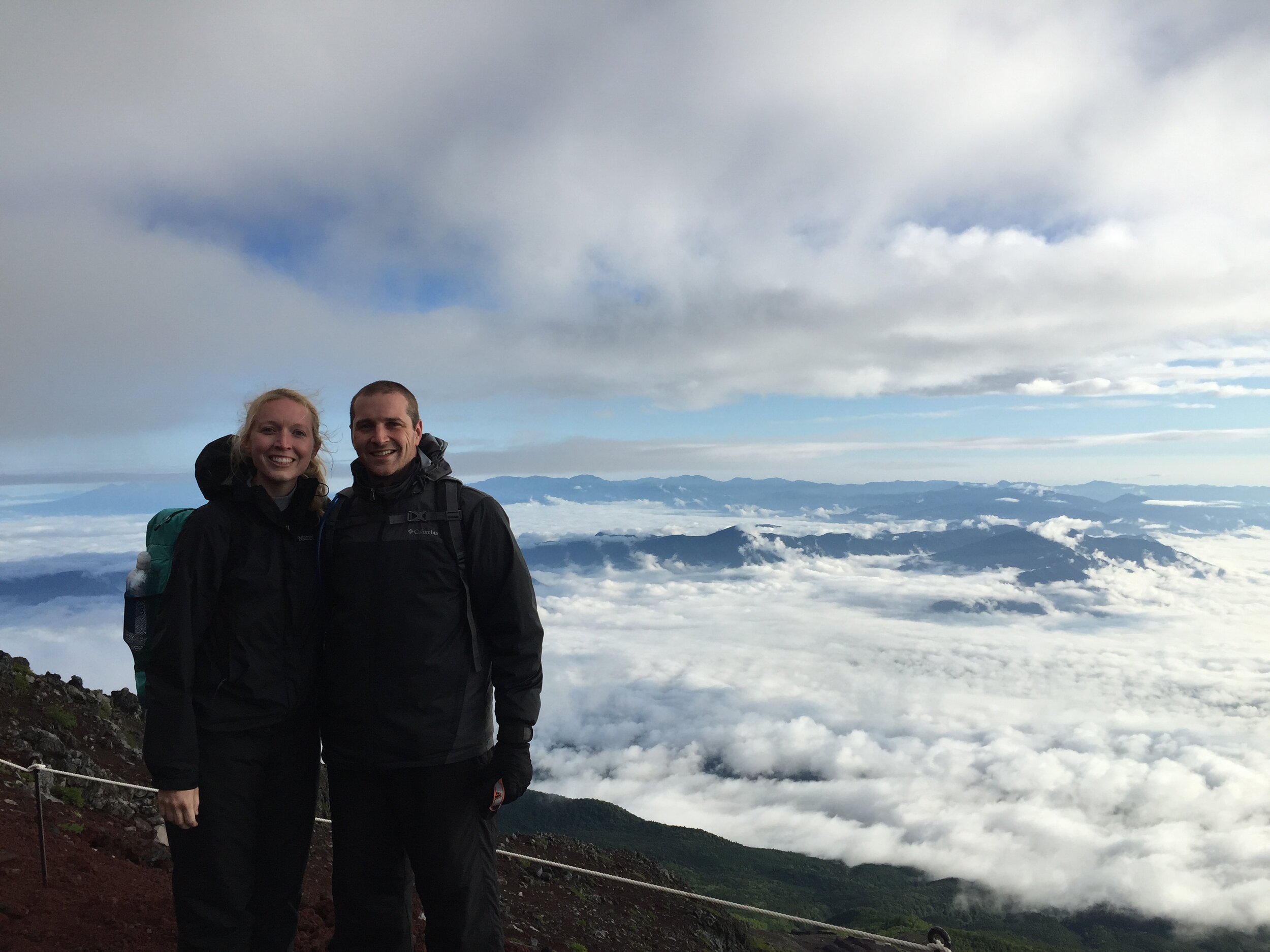
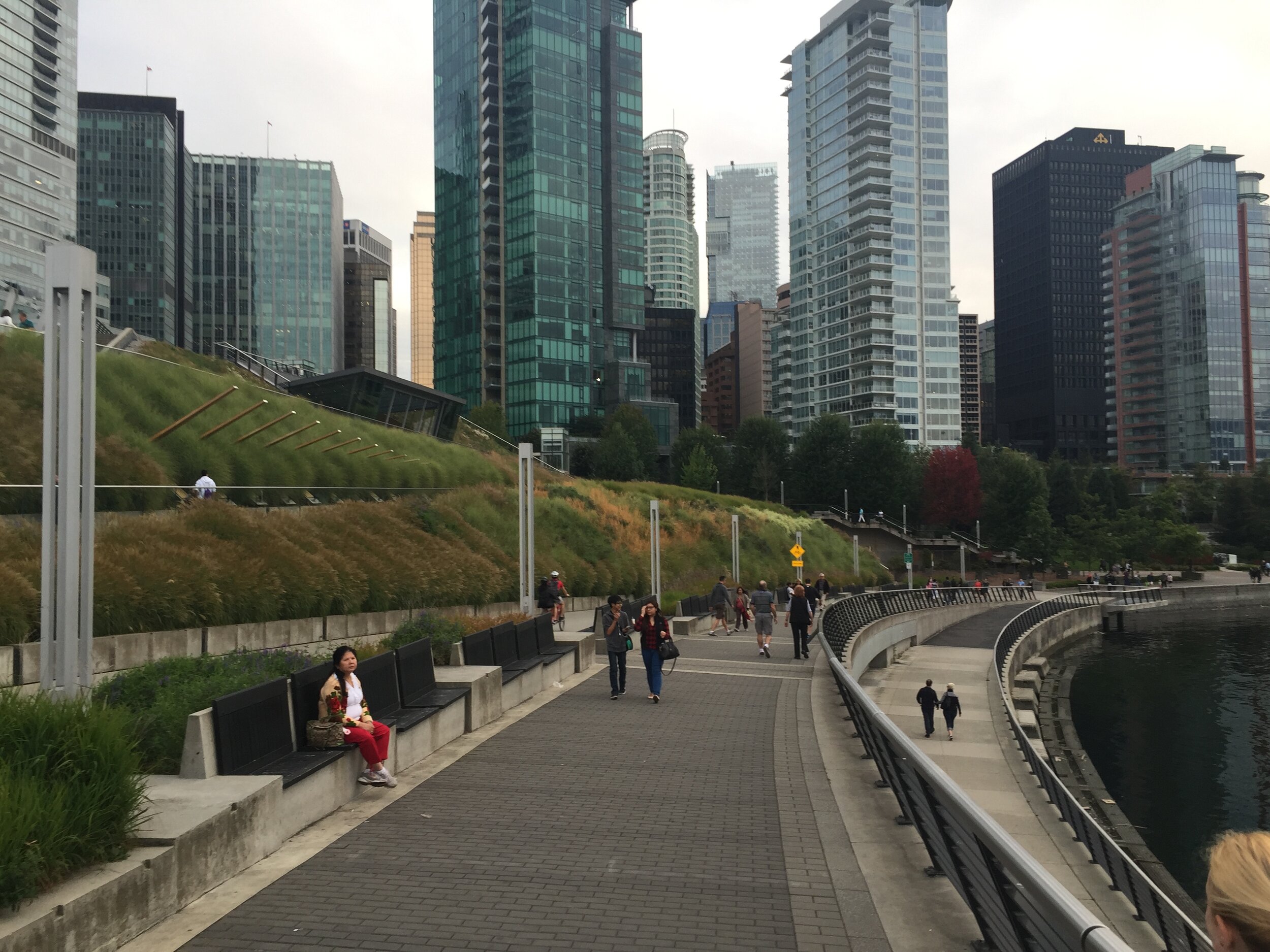
Where do you get your inspiration? Do you have any go-to sources?
I’m finding that I’m inspired more and more by everyday life. Each of us comes across those magical, fruitful days in life that would give inspiration to even the coldest, heartless among us, and nothing against those “perfect” moments, but I think there’s something beautiful in finding a steady bright light in the “average” day, in the otherwise mundane occurrences. I’m also moved by those people in our lives who walk around with constant smiles, as if they know something the rest of us haven’t yet realized. I think those people have learned to live in the moment in life, which is really an incredibly powerful notion that’s pretty elusive for most.
So when it comes to relating this to our profession, and inspiration behind our work and design motives, I often try to step back and think about the bigger picture before diving in to a project. I’ve found that to connect to a purpose or motivation behind a design, it’s always about more than the design of the thing, it’s about creating a space for life to happen. Over the years, I’ve been blessed with a decent number of opportunities to travel, during which I always seem to be enthralled by the local residents’ daily routines and lives, how they differ, and amazingly where many commonalities lie. In all places, you see all kinds, and it never fails that the local businessman or businesswoman walking to work with a briefcase and a smile catches and consumes my attention. It’s the common person, doing an everyday thing, unreasonably happy, that makes me wonder if there’s something that we as designers can do to invoke such a thing. So when designing, I often take time to recollect common threads or themes along the way in these varied experiences, those striking moments when you realize that all humankind seeks similar emotions invoked by similar experiences, and try where I can to relate the design of a place to the influences it may have on lifestyle and the effects it will have on those using the space every day, hopefully walking around with a knowing smile.
What is your favorite part about the design process?
I love the idea of creation of something in our physical world that didn’t exist before. The ability for our profession to understand a place and its people, and bridge a gap between the way we seek to live and the constraints of the physical world around us offers Landscape Architects an incredible power that we should not take for granted. Our profession as a whole allows for an art of designing what amounts to be a stage for life, albeit one set at a time.
I think working with a client from a project scope and sitting down to conceptualize the many ways a goal, or set of goals, can be achieved is one of the most exciting parts of the design process. The Concept Stage is when you’re free as a designer to open up your mind and throw out the wildest, most creative ideas. It can take you back to being a kid with colored pencils again every time. But, of course, what are we here for if not for Day 1 after construction is complete! Concept design, as fun as it can be, doesn’t truly affect our communities until this first day when the end users of the project can take their first steps on the final product.
What projects are you working on now?
Our AECOM Atlanta Landscape Architecture & Urban Design Group has been very fortunate to be entrusted with serving our Clients on a variety of project types. We are currently working on a number of master planning, streetscape, trail, park, plaza design, and landscape beautification projects, and have recently finished others in specialty bridge and green roof design. Our group is also proudly currently leading the effort to write the Georgia Department of Transportation’s Pedestrian and Streetscape Guide update.
Our team happily resides in the Transportation Department of AECOM, offering incredible everyday collaboration opportunities with our very talented Roadway, Bridge, Planning, Traffic, and Environmental groups among others. And we fortunately are often able to take opportunities to work in partnership with our expansive network of capable experts in other business lines, such as our Buildings & Places, Water Resources, and Power & Industrial Departments here in Atlanta, and our many thousands of colleagues in other offices throughout the country on projects in the U.S. and abroad.
What Landscape Architects (current or past) do you admire and why?
I remember being genuinely impressed every single time I would walk into Doug Allen’s “History of Urban Form” class at Georgia Tech during my campaign for an Urban Design Master’s degree. Doug had a true and obvious passion for city design, which he was able to impress upon thousands of students in his 30-plus years teaching at Georgia Tech. He had a knack for painting a picture of a place, expressing how and why it was organized in such a manner, and breaking down the lessons that we as urban designers could take from each situation. Doug always advocated for an allowance of a future that we cannot possibly foresee in our designs, letting life and cultural evolutions create the essence of a place. He also audibly took pride in his profession, noting that he was a Landscape Architect probably once or twice a week in his classes in a crowd of his Architect peers. For those who knew Doug, they knew he was not only a wealth of knowledge and force in city design, but a beaming light of kindness and consistently a pleasure to be around. His legacy continues to live on through many he knew he touched, and many, like me, who only knew Doug a short time from a seat in his classroom.
What advice would you give to emerging professionals?
First, believe in something. Know what you want the world around you to be and what you can offer society to help make it so. Hopefully, your skill set aligns with your passion and you can do what you love and love what you do. Secondly, remember that success is preparation meeting opportunity. Your opportunity to do something great will come, whether it’s blindingly obvious or hidden in the deck that’s handed to you, so be able to recognize opportunity, and be prepared to hit the ground running when it comes. Nothing was ever handed to someone who had only thought of their next step, but not put himself or herself in a position to take it on when it arrives. Lastly, be proactive. Sometimes we have to make our own luck!
What do you value most about being a member of ASLA?
The relationships that you’re afforded the opportunity to create and maintain through membership in ASLA are invaluable. The Landscape Architecture community is a tight-knit family of well-intentioned creative people, and thankfully, ASLA provides such a wonderful platform for bringing those in the family together as a unified authority with a unique influence on the built world. As with anything, you get out of ASLA what you put in, and the benefits of the relationships throughout our profession through ASLA far outweigh the efforts of time expended in committing yourself to involvement in this great organization.

